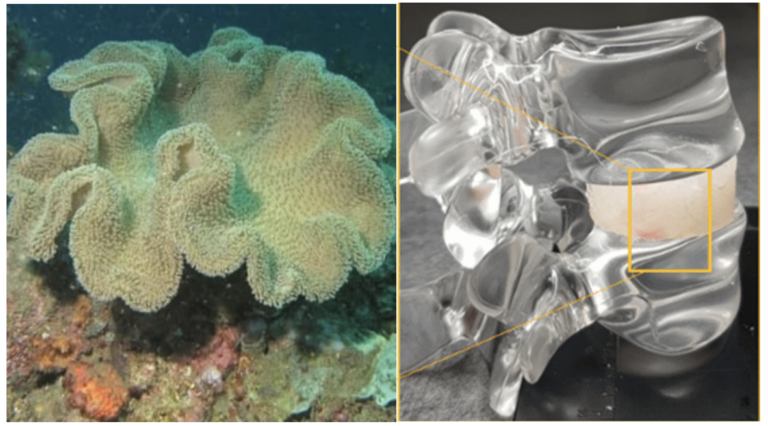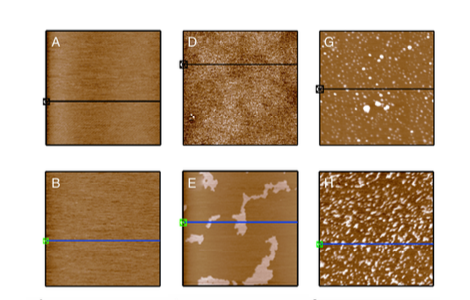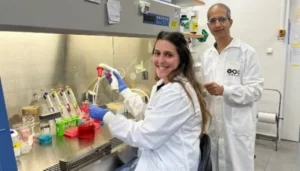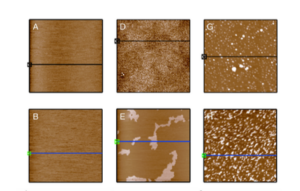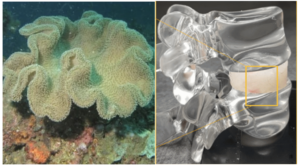Résistance aux antibiotiques : le conseil Pasteur-Weizmann lance un fonds pour l'étude des ARN régulateurs microbiens
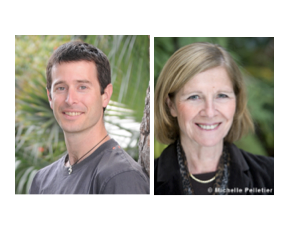
[:fr]L’institut Pasteur et l’Institut Weizmann des Sciences ont créé un fonds de recherche pour l’étude des ARN régulateurs microbiens. Ce fonds est dédié à ce programme spécial sous les auspices du Conseil Pasteur-Weizmann. Notre corps vit en permanence avec de nombreux micro-organismes bactériens qui résident par exemple sur notre peau, ou dans notre intestin et qui ne sont pas pathogènes mais il arrive que des bactéries provenant de l’extérieur (aliments, aérosols…) nous agressent, nous envahissent et entraînent des infections graves, parfois mortelles. Les antibiotiques dont nous disposons pour les combattre sont hélas souvent devenus inefficaces.
La résistance aux antibiotiques des bactéries est à l’heure actuelle un problème médical majeur car celles-ci peuvent provoquer des épidémies et de nombreux décès. Des nouvelles connaissances issues de la recherche sur l’ADN et l’ARN, associées à de récentes innovations technologiques et bio-informatiques ont conduit à des découvertes majeures permettant de nouvelle approches pour répondre aux défis médicaux que pose le traitement des infections bactériennes.
Les chercheurs de l’institut Pasteur et de l’institut Weizmann des Sciences ont déjà obtenu séparément des résultats importants dans ce domaine de recherche pour lesquels ils sont internationalement reconnus. Depuis plusieurs mois dix groupes de recherche cinq par institut, sous la direction du Pr Pascale Cossart (institut Pasteur) et du Dr Rotem Sorek (institut Weizmann des Sciences) se sont associées pour créer une dynamique de recherche encore plus efficace. Un consortium de recherche a été mis en place pour progresser dans la compréhension des mécanismes de pathogénicité bactérienne et pour trouver des cibles thérapeutiques qui permettront une lutte plus efficace contre les infections par ces micro-organismes. Le Pr Michael Eisenbach est Président du comité scientifique de l’institut Weizmann.
Un financement philanthropique est indispensable pour compléter ce financement institutionnel.
A propos du Conseil Pasteur-Weizmann
Le 9 décembre 1974, Robert Parienti, Délégué Général de l’Institut Weizmann pour l’Europe, était reçu par le Ministre de la Santé, Madame Simone Veil. Au cours de cette entrevue, où fut évoqué l’isolement dans lequel vivaient les chercheurs israéliens, Mme Veil émit pour la première fois l’idée d’un jumelage entre l’Institut Pasteur et l’Institut Weizmann et assura Robert Parienti de son soutien actif pour le cas où cette idée serait retenue à Pasteur et à Weizmann. Quelques semaines plus tard, André Lwoff se rendit à l’Institut Weizmann en compagnie de Robert Parienti. Et c’est dans l’avion qui les emmenait vers Israël que naquit l’idée d’associer officiellement l’Institut Pasteur et l’Institut Weizmann dans la lutte contre le Cancer, une action incontestable, placée hors de portée de toute critique sectaire ou politique.

Cette idée fut accueillie avec enthousiasme par les Directeurs des deux instituts, Michael Sela (Institut Weizmann) et Jacques Monod (Institut Pasteur). Avec un courage peu commun dans le contexte politique de l’époque Mme Veil, alors Ministre de la Santé, accepta d’entrée de jeu de devenir Président d’Honneur du Conseil Pasteur-Weizmann. Elle n’a depuis jamais ménagé son temps et ses efforts pour apporter à cette institution un soutien constant, sans lequel Pasteur-Weizmann n’aurait sans doute pas survécu à l’enthousiasme des premiers instants.
La création du « Conseil Pasteur-Weizmann pour la Lutte contre le Cancer » fut annoncée le 28 mars 1975 au cours d’une conférence de presse présidée par Mme Simone Veil et par Jacques Monod, orchestrée par Léon Zitrone et diffusée en direct par l’ORTF.
Depuis, plus de 35 ans ont passé. Et la collaboration Pasteur-Weizmann continue de se développer dans le cadre d’une organisation rigoureuse et grâce à l’existence d’un soutien financier spécifique.
[:en]Pasteur-Weizmann Council launches a research funds for the study of microbial RNA regulators. A brief history of Pasteur Weizmann Council: on 9 December 1974, Robert Parienti, General Delegate for Europe of the Weizmann Institute, met with the French Minister of Health, Mrs Simone Veil. During this meeting, where the isolation of Israeli researchers was discussed, Mrs Veil put forward the idea of a partnership between Institut Pasteur and the Weizmann Institute for the first time. She assured Robert Parienti of her active support if the idea were approved by both Institut Pasteur and the Weizmann Institute. Several weeks later, André Lwoff visited the Weizmann Institute together with Robert Parienti. It was in the plane to Israel that the idea of officially associating Institut Pasteur and the Weizmann Institute in cancer research was born. The fight against cancer, an indisputable initiative, was to be above all sectarian and political criticism.
This idea was greeted with much enthusiasm from the heads of both Institutes: Michael Sela (Weizmann Institute) and Jacques Monod (Institut Pasteur). With a rare kind of courage in the political climate of the times, Mrs Veil, Minister of Health at the time in France, agreed without hesitation to become Honorary Chairman of the Pasteur-Weizmann Council. Since then, she has spared no effort and has given generously of her time, without which Pasteur-Weizmann would no doubt not have made it past the first moments of enthusiasm.
The creation of the « Pasteur-Weizmann Council for Cancer Research was announced on 28 March 1975 at a press conference led by Mrs Simone Veil and Prof Jacques Monod, organized by Léon Zitrone and broadcast live by ORTF. More than 35 years have elapsed. The Pasteur-Weizmann partnership has continued to expand with a strong framework, thanks to specific financial backing.

About Rotem Sorek’s lab:
Rotem Sorek’s lab is using the Illumina high-throughput sequencing platform to sequence whole microbial genomes and transcriptomes. This technology generates hundreds of millions of short reads per run, reaching multiple giga bases of sequence per day. The Illumina technology enables us to study the evolution of bacteria, discover phenotype altering mutations, and document dynamic evolutionary processes.
Bacterial whole genome evolution
Using this technology, we documented processes of genome shrinkage in bacteria (Moran et al, Science 2009), and found how bacterial genomes evolve in response to phage attacks (Avrani et al, Nature 2011). We also develop methods for accurate detection of individual mutations in genomes using short-read sequencing technologies (Wurtzel et al, 2010).
RNA-mediated regulation in bacteria studied with RNA-seq
We employ RNA-seq to perform gene expression studies in bacteria and archaea and to understand their complex transcriptomes. Although prokaryotic transcriptomes were considered simple until recently, RNA-seq studies now revolutionize our understanding of the complexity, plasticity and regulation of microbial transcriptomes (Sorek & Cossart, Nature Reviews Genetics 2010).
Our lab uses the Illumina technoogy to discover new small non-coding RNAs (sRNAs) and understand their biological functions. It is gradually becoming clear that microbial genomes are populated by functional sRNAs, generally 50-500bp long. These sRNAs have been shown to regulate various biological processes including quorum sensing, pathogenesis, stress response, and more. While ~80 sRNAs were characterized in E. coli through extensive studies, very little is known on sRNAs in other prokaryotes. Our data shows extensive transcription of non-coding RNAs from intergenic regions (Yoder-Himes et al, PNAS 2009) and hundreds of cis-antisense RNAs (asRNAs) encoded in bacteria and archaea (Wurtzel et al, 2010; Wurtzel et al, 2012a; Wurtzel et al, 2012b). We recently defined the « Excludon », a novel antisense-based regulatory structure in bacteria, which is a chimera between antisense RNA and mRNA (Nature Reviews Microbiology, 2013).
Advanced RNA-seq methods, such as RIP-seq and bisulfite-seq are used in the lab to study RNA modifications in humans (Nature, 2012), bacteria and archaea (Edelheit et al, PLoS Genetics in press). We also discovered curious cases of circular RNAs expressed in archaeal genomes (Danan et al, 2012).[:]


